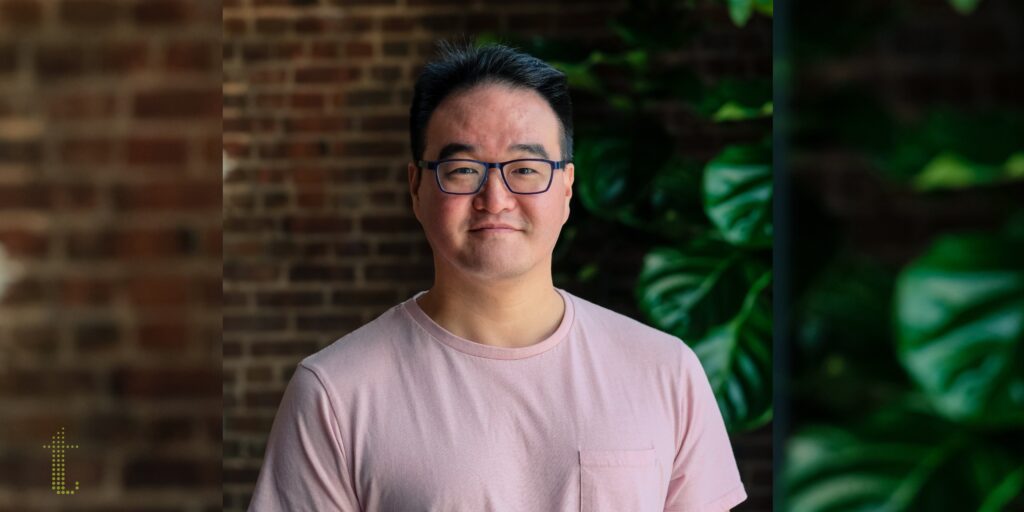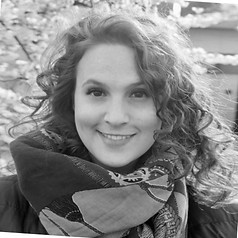
Greg first encountered Talentism while employed at a company whose CEO worked with a Talentism coach. When he was offered the opportunity to work with a coach himself, he was initially resistant. Looking back, he now recognizes that resistance as reluctance to engage in learning about his blind spots and limitations.
Once he agreed to give coaching a try, Greg found that the Talentism framework struck a balance that made sense to him in that it didn’t attempt to change who he was, but rather focused on the possibilities of changing how he did things. This system felt particularly useful in a scenario where he wasn’t in a position to redesign an entire company, but could certainly shift his approach inspired by seeing things in a different way. Compared to the premise of skills coaching or comfort coaching, which relied on the slow, incremental, and unlikely process of changing oneself, clarity coaching drove towards experiments in changing a design or process, and offered the opportunity to learn and improve quickly.
Greg’s Talentism coach helped him to see the confusion happening around him, and he soon realized that he’d saddled himself with BSL narratives that were making his situation more difficult, preventing him from being able to improve the dynamic and understand how he was contributing to it. Armed with the tools to spot confusion and call attention to it, he was able to take a different course of action. He didn’t have to keep doing the things that were causing or contributing to confusion, and he was able to watch himself improve his situational self-awareness over time. Rather than labeling himself or others as good or bad, he was able to see himself in a design that was confusing, which allowed him to apply his skill for adapting designs to make things work better. Using the 4D model with his coach, Greg was able to see where he was getting stuck, and move back towards where his focus needed to be. Experiencing how effective the clarity coaching model was, led him to participate in a Talentism coach cohort. Soon after that, he made the decision to join Talentism full-time.
Since becoming a Talentism coach, the biggest change that Greg has observed in his work with others is that he’s learned to be more explicit about the details that may feel obvious, since people typically don’t think about things in the same way or to the same level of detail. Syncing back to people what he’s heard is one of his most powerful tools, as he’s seen repeatedly how often people are unintentionally misunderstanding each other. He finds great meaning in facilitating change and impact in systems through the people that he is coaching. Leaning into his ‘superpower’ of design has been a joy: helping clients explore the question of, what does it mean to design an efficient system, and avoid making decisions or doing things where you’re most likely to create confusion? Realizing how often people are confused about the goal they are working towards, taught him how important it is to be aligned before any design work takes place. As Greg explains it,
“Creating the fastest car is not the same goal as creating the safest car. Those two different goals will require very different designs. Small confusions about goals can lead to really big confusions about design. Being specific, even if you think you’re right, can minimize downstream confusion quickly.”
To learn more about Greg, read his bio here.



